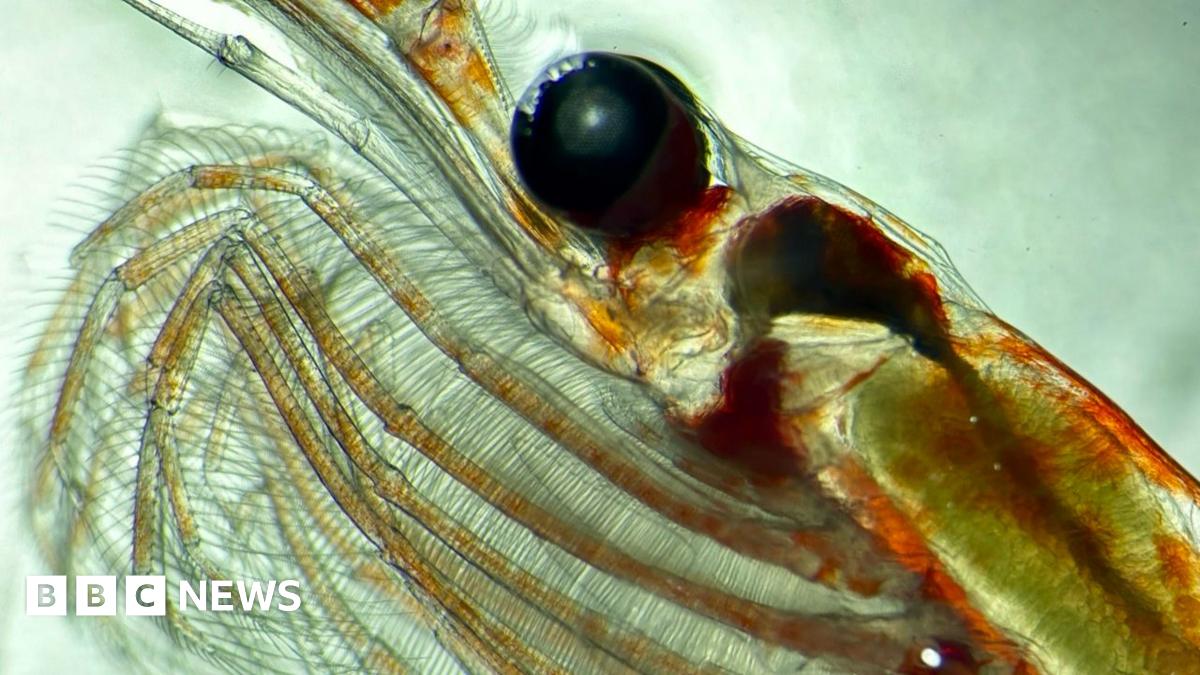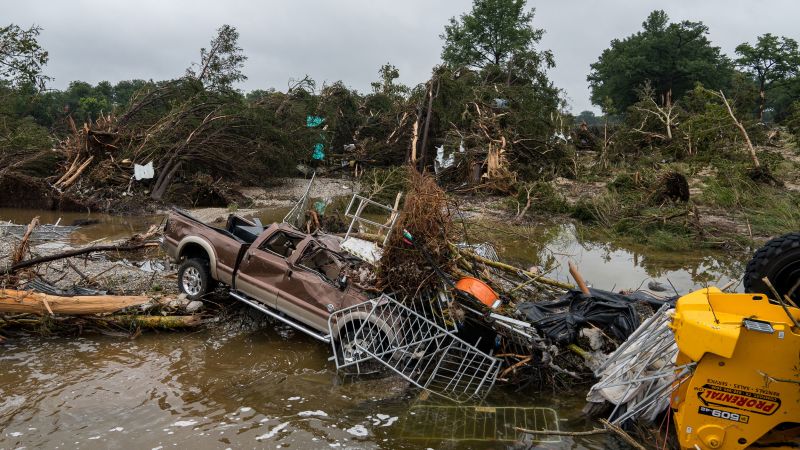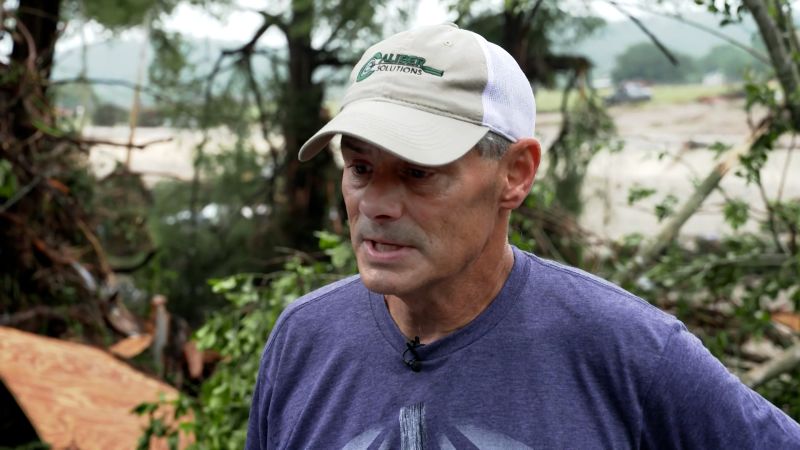Climate Change Solution: Exploring The Potential Of Carbon-Storing Microbes

Welcome to your ultimate source for breaking news, trending updates, and in-depth stories from around the world. Whether it's politics, technology, entertainment, sports, or lifestyle, we bring you real-time updates that keep you informed and ahead of the curve.
Our team works tirelessly to ensure you never miss a moment. From the latest developments in global events to the most talked-about topics on social media, our news platform is designed to deliver accurate and timely information, all in one place.
Stay in the know and join thousands of readers who trust us for reliable, up-to-date content. Explore our expertly curated articles and dive deeper into the stories that matter to you. Visit Best Website now and be part of the conversation. Don't miss out on the headlines that shape our world!
Table of Contents
Climate Change Solution: Exploring the Potential of Carbon-Storing Microbes
Climate change is arguably the most pressing challenge facing humanity. Rising global temperatures, extreme weather events, and sea-level rise are already impacting communities worldwide. While significant efforts are underway to reduce greenhouse gas emissions, scientists are also exploring innovative solutions to remove existing carbon dioxide from the atmosphere. One promising avenue lies in harnessing the power of carbon-storing microbes.
These microscopic organisms, found in diverse environments from soil to oceans, possess remarkable abilities to capture and store atmospheric carbon, offering a potentially significant contribution to carbon sequestration efforts. This article delves into the exciting potential of these microbial allies in the fight against climate change.
Understanding the Role of Microbes in the Carbon Cycle
The Earth's carbon cycle is a complex system involving the exchange of carbon between the atmosphere, oceans, land, and living organisms. Microbes play a crucial role in this cycle, mediating key processes such as photosynthesis, respiration, and decomposition. Certain microbes, particularly those found in soil and ocean sediments, are particularly adept at sequestering carbon. This process, known as biological carbon sequestration, involves the incorporation of atmospheric CO2 into microbial biomass and the subsequent stabilization of this carbon in soil or sediment.
Types of Carbon-Storing Microbes
Several types of microbes are showing promise in carbon sequestration efforts:
- Photosynthetic microbes (Cyanobacteria and algae): These microorganisms utilize photosynthesis to convert atmospheric CO2 into organic matter, effectively removing carbon from the atmosphere. Research is ongoing to optimize their growth and carbon storage capacity.
- Soil microbes (bacteria and fungi): Soil contains a vast and diverse microbial community, with many species playing a vital role in carbon cycling. Certain fungi, for instance, form symbiotic relationships with plants, enhancing their carbon uptake and storage capabilities. . (This is a placeholder link. Replace with a relevant and reputable source.)
- Ocean microbes: The ocean is a significant carbon sink, and its microbial communities play a critical role in this process. Research is exploring how to enhance the ocean's natural carbon sequestration capacity through microbial manipulation.
Enhancing Microbial Carbon Sequestration: Future Directions
While the potential of carbon-storing microbes is significant, realizing this potential requires further research and development. Key areas of focus include:
- Improving microbial growth and carbon storage efficiency: Scientists are exploring genetic engineering and other techniques to enhance the carbon sequestration capacity of these microorganisms.
- Developing cost-effective cultivation and deployment strategies: Scaling up microbial carbon sequestration technologies requires developing efficient and affordable methods for cultivating and deploying these microbes.
- Understanding the long-term stability of sequestered carbon: It's crucial to ensure that the carbon stored by microbes remains stable over the long term, preventing its release back into the atmosphere.
The Potential and Challenges Ahead
Harnessing the power of carbon-storing microbes offers a potentially game-changing approach to climate change mitigation. However, it's crucial to acknowledge the challenges. These include the need for significant investment in research, development, and deployment, as well as the need to address potential environmental risks associated with manipulating microbial communities.
Further research is essential to fully understand the potential and limitations of this approach, ensuring its responsible and effective implementation. However, the potential benefits are immense, offering a promising pathway towards a more sustainable future. This research represents a vital step towards developing innovative, nature-based solutions to climate change. Staying informed on the progress in this field is crucial for anyone concerned about the future of our planet.
Call to action: Learn more about climate change solutions and how you can contribute to a sustainable future by visiting [link to a relevant resource/organization]. (This is a placeholder link. Replace with a relevant and reputable source.)

Thank you for visiting our website, your trusted source for the latest updates and in-depth coverage on Climate Change Solution: Exploring The Potential Of Carbon-Storing Microbes. We're committed to keeping you informed with timely and accurate information to meet your curiosity and needs.
If you have any questions, suggestions, or feedback, we'd love to hear from you. Your insights are valuable to us and help us improve to serve you better. Feel free to reach out through our contact page.
Don't forget to bookmark our website and check back regularly for the latest headlines and trending topics. See you next time, and thank you for being part of our growing community!
Featured Posts
-
 Ed Sheeran Speaks Out Against Bad Music Listening Habits
Jul 07, 2025
Ed Sheeran Speaks Out Against Bad Music Listening Habits
Jul 07, 2025 -
 Julian Mc Mahon Actor Known For Nip Tuck And Fantastic Four Dies At 56
Jul 07, 2025
Julian Mc Mahon Actor Known For Nip Tuck And Fantastic Four Dies At 56
Jul 07, 2025 -
 College Football 26 Ea Details Ultimate Team And Head To Head Updates
Jul 07, 2025
College Football 26 Ea Details Ultimate Team And Head To Head Updates
Jul 07, 2025 -
 Texas Flood Disaster Was The Weather Services Warning System Sufficient
Jul 07, 2025
Texas Flood Disaster Was The Weather Services Warning System Sufficient
Jul 07, 2025 -
 Ea College Football 2026 Who Are The Best Iowa Hawkeyes Early Predictions
Jul 07, 2025
Ea College Football 2026 Who Are The Best Iowa Hawkeyes Early Predictions
Jul 07, 2025
Latest Posts
-
 Fathers Heartbreaking Plea Searching For Missing Daughter In Texas
Jul 07, 2025
Fathers Heartbreaking Plea Searching For Missing Daughter In Texas
Jul 07, 2025 -
 Newspaper Headline Analysis Exploring The Effectiveness Of You Ll Never Walk Alone And Swept Away
Jul 07, 2025
Newspaper Headline Analysis Exploring The Effectiveness Of You Ll Never Walk Alone And Swept Away
Jul 07, 2025 -
 The Superman Lex Luthor Relationship A Deep Dive Into Their Complicated Bond
Jul 07, 2025
The Superman Lex Luthor Relationship A Deep Dive Into Their Complicated Bond
Jul 07, 2025 -
 Dogecoins Future Examining The Factors Behind Potential Price Increases
Jul 07, 2025
Dogecoins Future Examining The Factors Behind Potential Price Increases
Jul 07, 2025 -
 Yemen Ports Hit In Israeli Military Operation Galaxy Leader Ship Involved
Jul 07, 2025
Yemen Ports Hit In Israeli Military Operation Galaxy Leader Ship Involved
Jul 07, 2025
